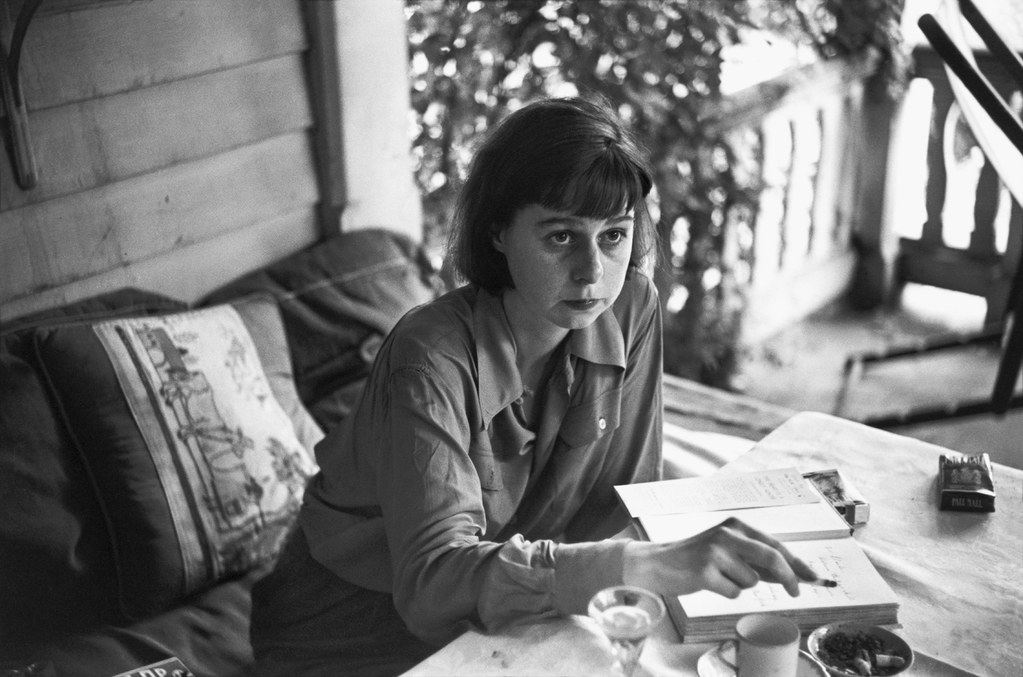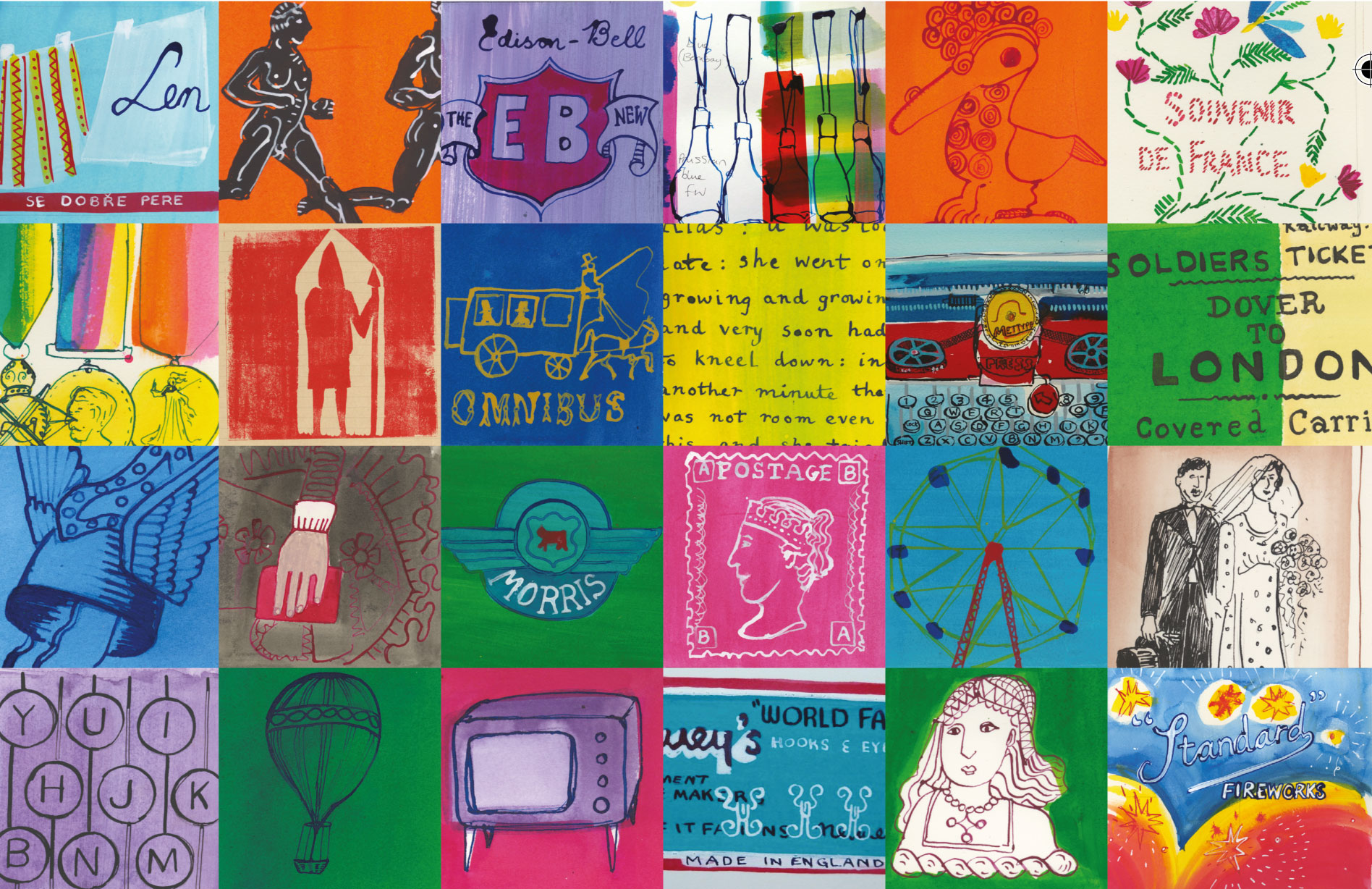
Erin Sullivan and Marie Louise Herzfeld-Schild are guest editors of a special issue of Cultural History about ‘Emotion, History and the Arts’, published October 2018. Their introduction draws on a wide range of emotionally charged art works from different times and places—including the novels of Carson McCullers and Harriet Beecher-Stowe, the private poetry of neo-Confucian Chinese civil servants, the photojournalism of twentieth-century war correspondents, and music from Igor Stravinsky to the Beatles.

Sullivan and Herzfeld-Schild propose five ways in which art in all its forms contributes to emotional life and consequently to emotional histories: first, by incubating deep emotional experiences that contribute to formations of identity; second, by acting as a place for the expression of private or deviant emotions; third, by functioning as a barometer of wider cultural and attitudinal change; fourth, by serving as an engine of momentous historical change; and fifth, by working as a tool for emotional connection across communities, both within specific time periods but also across them.
Here, they comment on the rise of the history of emotions as a field and the role of the arts in such developments.
How does emotion and art aid our study of the past?
The study of the history of emotions has flourished across the humanities over the past twenty years. Passion and feeling, once thought to be among the most universal and unchanging of human experiences, have more recently been shown to be deeply embedded in histories of politics, religion, medicine and science. Cultural and historical contexts for the emotions were certainly of interest to scholars before this relatively new affective turn, but since the early 2000s, the history of emotions as a distinctive area of study has rapidly emerged.
What can the arts reveal to us about emotional experience in the past?
The aim of this special issue is to bring together some of the recent approaches to arts and emotions in history and to allow them to speak for themselves. Can we use music, visual art, literature, film and other aesthetic works to move beyond the study of historical discourses and taxonomies relating to the passions, and towards a deeper understanding of how emotion was felt, shared and put to use in past times and places? How can we draw historical insights not only from the emotions that aesthetic texts represent and describe but also from those that they make us, and others, feel?
When compiling the articles, how did you decide on the shape of the special issue?
We have deliberately avoided focusing on a single art form, as is often the case in arts-oriented studies, electing instead to combine questions and approaches from a range of diverse art forms. These articles demonstrate the many ways in which artworks can benefit our understanding of historical emotions by offering insight into questions that have previously remained opaque.
- Rebecca Yearling explores the emotional complexities of group experience, specifically in the outdoor theatres of sixteenth-century London. How might a play as viscerally and emotionally shocking as William Shakespeare’s Titus Andronicus have elicited multiple and at times conflicting responses from audiences, especially considering its own deeply intertextual and culturally hybrid history? By considering the role of Lavinia, a character who is brutally raped and mutilated, in both Shakespeare’s drama and its Ovidian sources, Yearling explores emotional responses to female victimization, anger and revenge.
- Curator and scholar Anna Schram Vejlby offers a reflective report on the Hirschsprung Collection in Copenhagen’s 2017 exhibition, Keeping Up Appearances: Portraits and Emotions in the Golden Age, which explored how historical works of art – in this case Danish portraits of the 1800s – might relate to people’s perception, experience and adjustment of their own emotions today.
- The emotional experiences of different historical audiences are the main focus of Wiebke Rademacher’s article. By presenting rich source materials from concert settings of Beethoven’s famous Leonore Overture no. 3, op. 72a (1805), in four diverse socio-cultural and political contexts of fin-de-siècle Berlin, she investigates the varying emotional experiences that the concert organizers promised and wished for through their presentation of the same piece of music.

- Moving into the twentieth century, Caterina Albano considers the significance of the moving image as an archival record and its implications for the ways in which memory and emotion interact with history. Focusing on the work of film-makers Yervant Gianikian and Angela Ricci Lucchi, which remediates found footage of daily life from places as diverse as post-war Italian Rom camps and colonial Vietnam and Senegal, Albano analyses the formal devices at work in these moving images and the insights they offer into emotional experience, past and present.
- Melanie Strumbl explores the widely experienced capacity of vocal music to affect people emotionally in a specific, intense and intimate way. In applying affect theory and spectrum analysis to Janis Joplin’s voice, Strumbl argues for an understanding of music, and especially singing voices with their unique vocal timbre, as an affective power that involves both the singer and the listener emotionally with their whole body.
What do you think are the challenges for research into the history of arts and emotions?
The contributions in this special issue explore the opportunities created when we position works of art at the centre of emotional histories – as well as the challenges confronted. Within every act of experiencing art, our whole body is involved; however it must be acknowledged that drama, painting, orchestral music, film and song – all forms of art addressed by contributions in this issue – do not involve the body and its senses in the same way.
Although every work of art is perceived in an overall embodied experience, each specific artistic manifestation has its own sensual resonances and its own ways of communicating and inducing emotions. In the performing arts (music-making, dance, drama), for example, the kinetic aspect is a predominant dimension of the artwork itself, while looking at paintings or photographs, watching a movie, reading literature or listening to music is in the first instance directed to other parts of our perception, such as the visual or the auditory dimension.
These discrepancies pose a challenge for research into the history of arts and emotions as a whole, since they call for a versatile combination of diverse methodological approaches and skills. But such differences can also make us more aware of – and become a tool for identifying – both the affordances and the limitations of each artistic discipline. Pursing a comparative, interdisciplinary approach can help facilitate a broader, more comprehensive picture of how the histories of arts and emotions intertwine.





